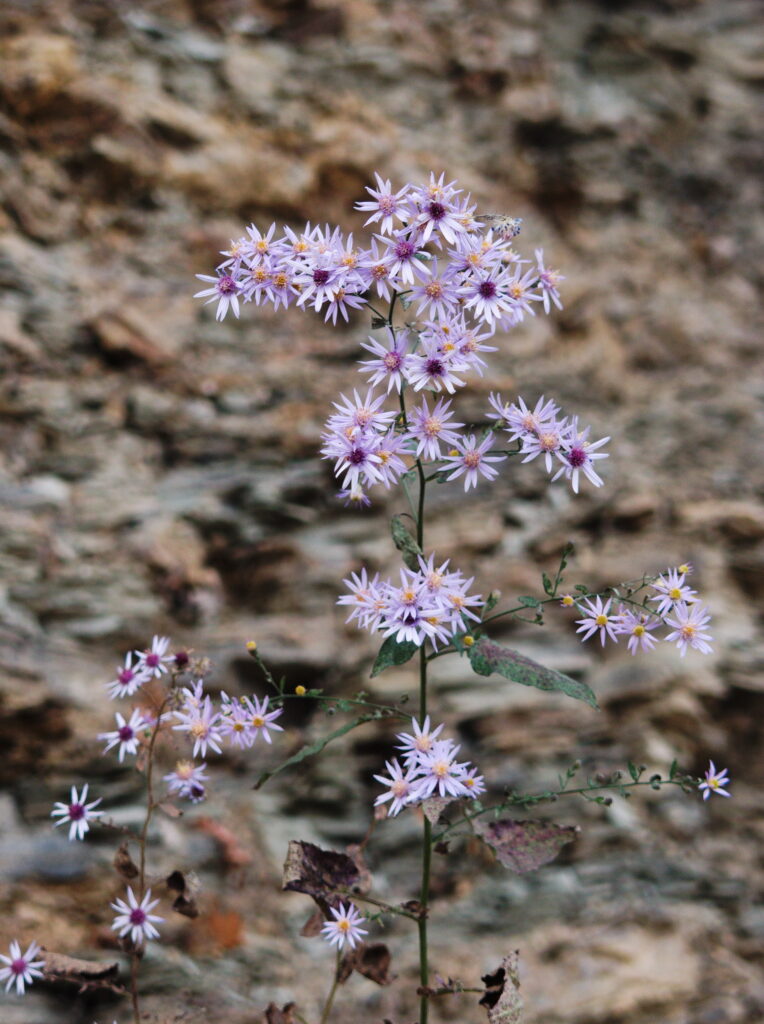
A late aster still blooming on a rocky ledge in the middle of November. Our identification is probable, but asters are notoriously hard to sort out, and more so when the leaves have withered.
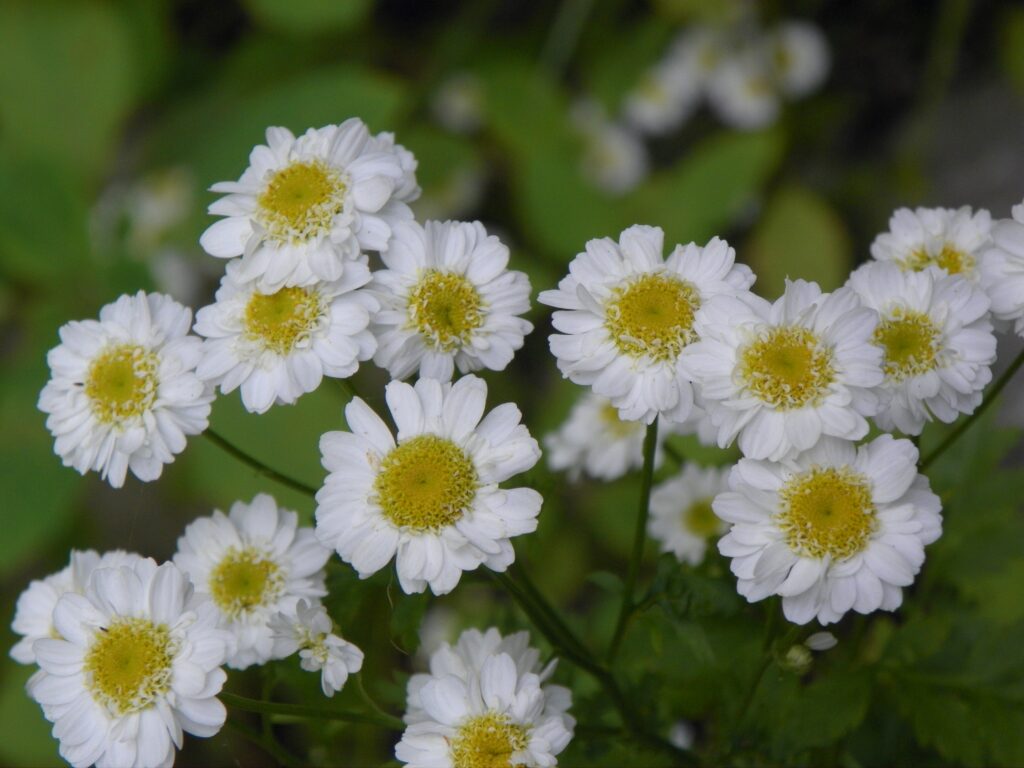
Listed as Chrysanthemum parthenium in many references. The plants bear dozens of little daisy flowers, and in some specimens—like these from Schenley Park—the rays crowd themselves so much that they create a doubling effect, which has been bred into full doubles in garden varieties.
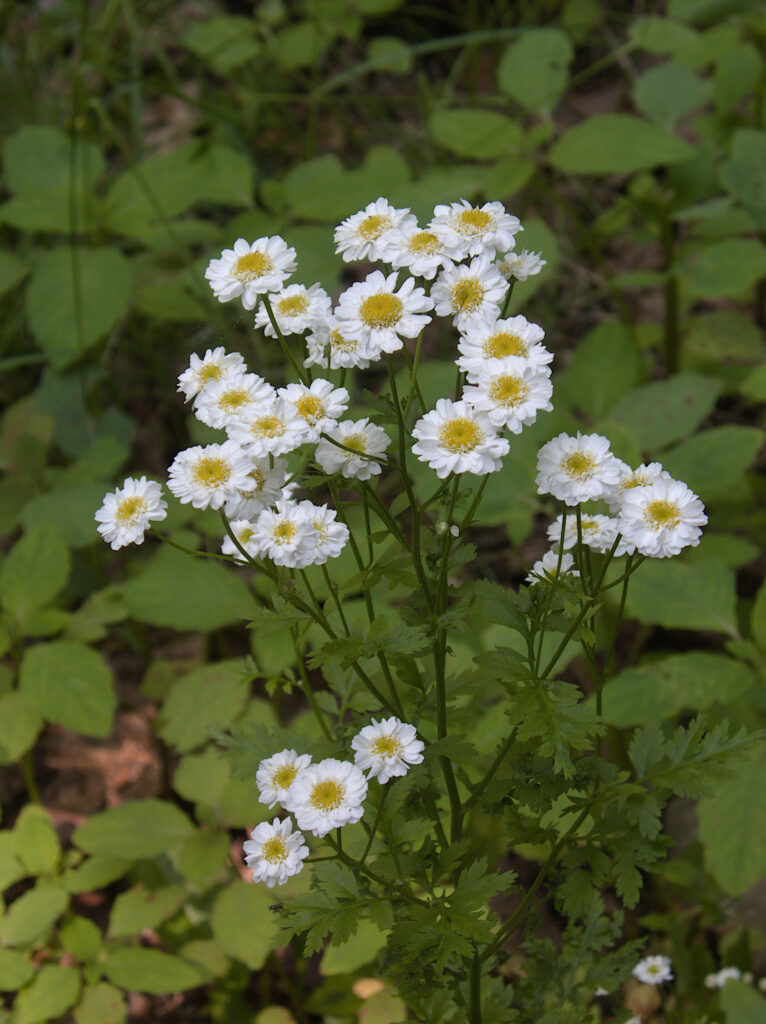
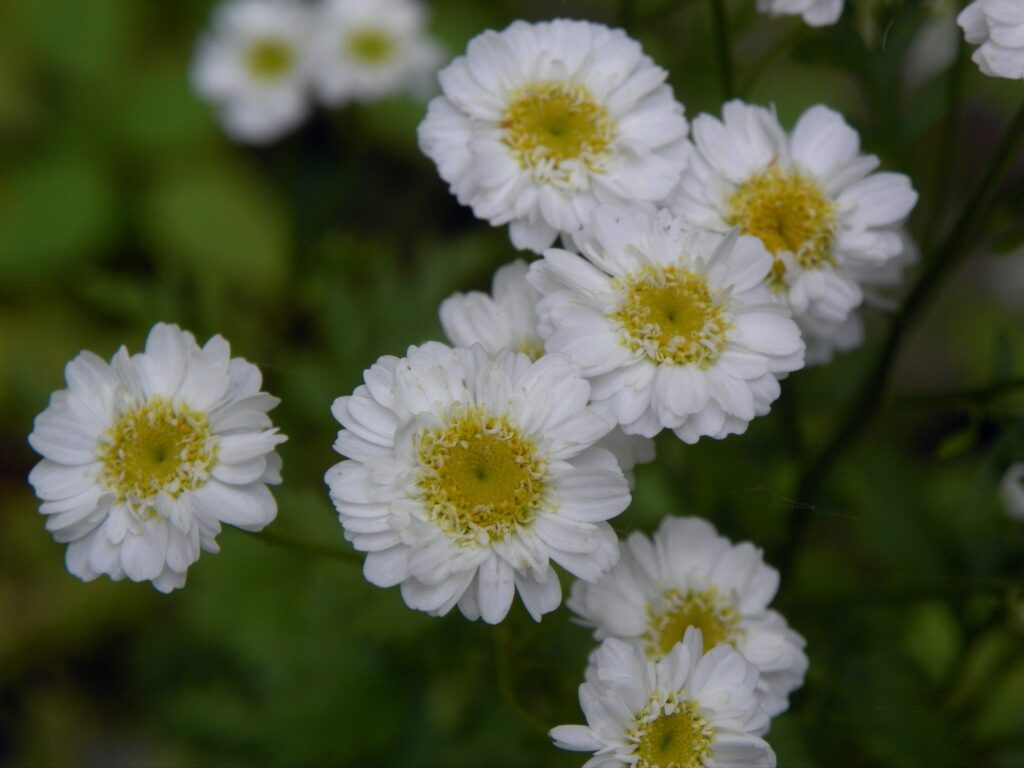
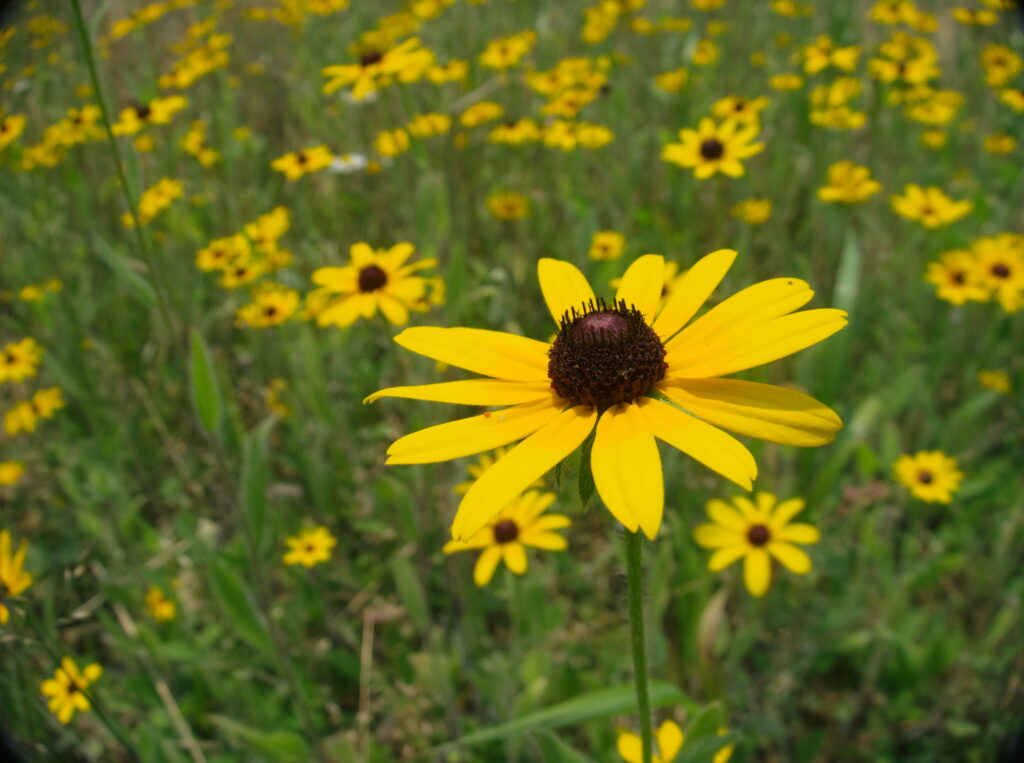
Black and gold—a perfect Pittsburgh flower. Black-Eyed Susan is often planted as an ornamental, but it is also native in our area, as indeed it is in much of the eastern half of the United States. This large stand was blooming in a field in South Park.
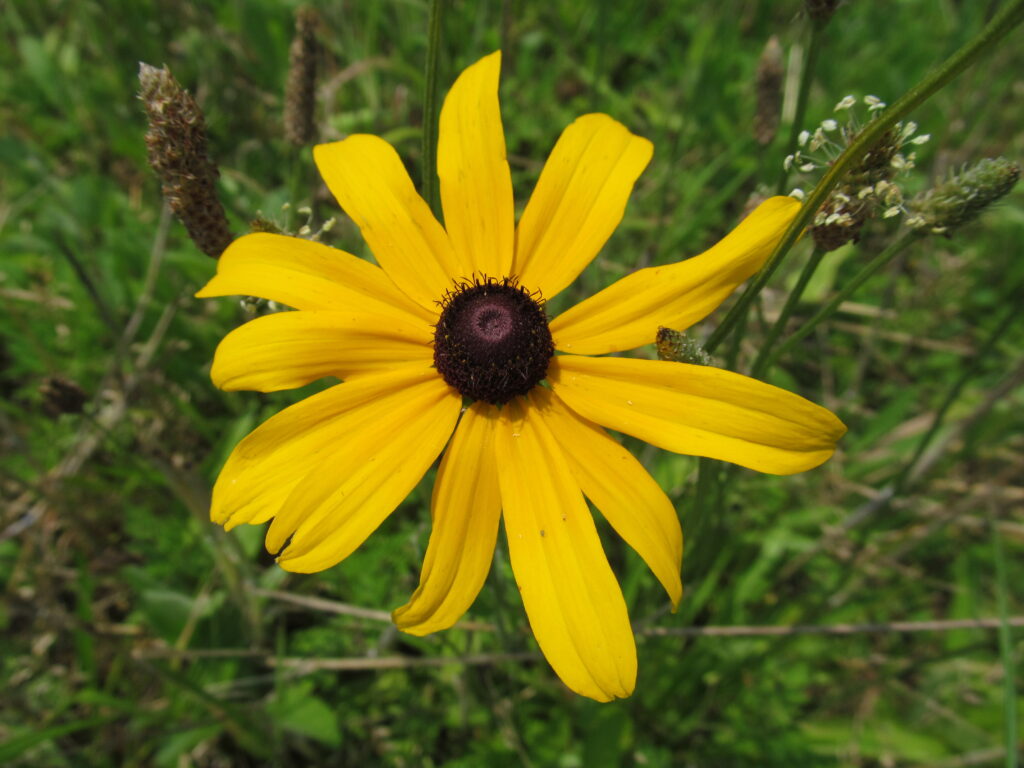
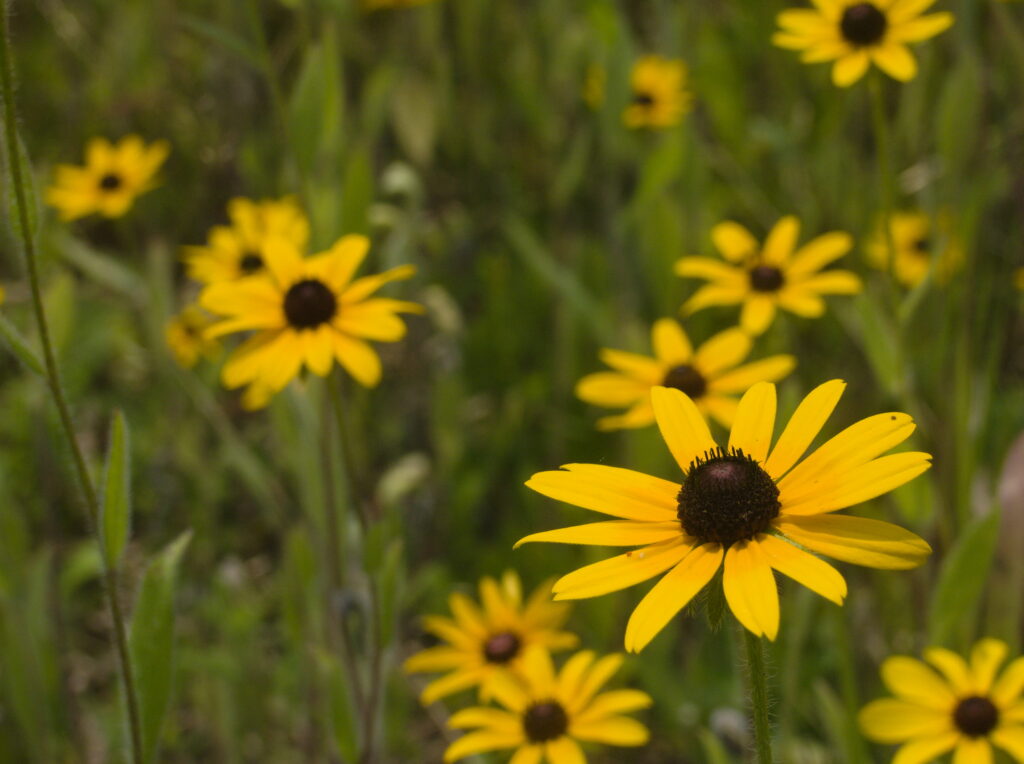
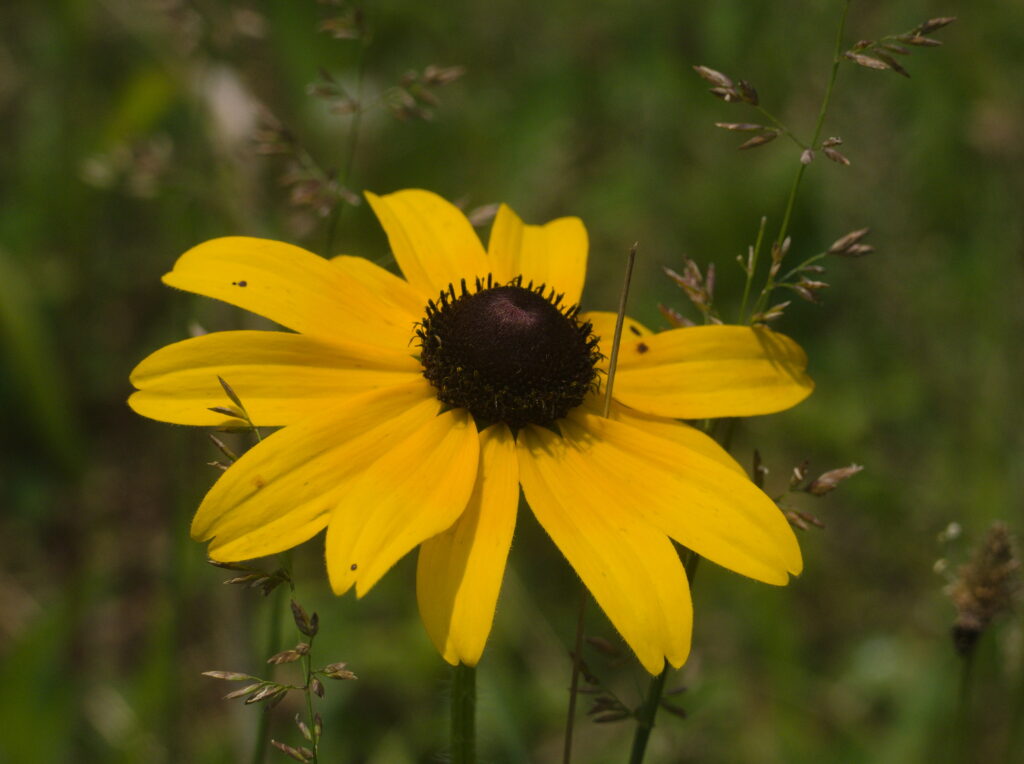

A much-hated weed, but the flowers are pretty, and the seedheads are delightful to finches.
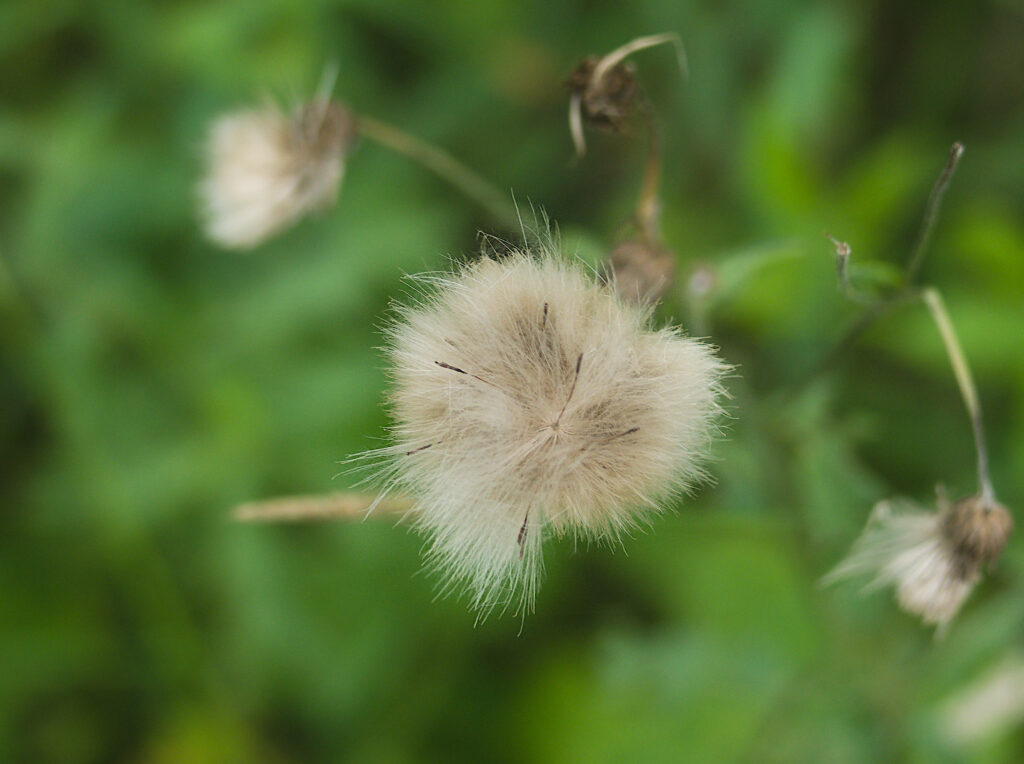


We also have pictures of an unusual white form of Canada Thistle.

Sometimes mistaken for Queen Anne’s Lace, to which it is not related; Yarrow is a composite, meaning that each of those little flowers in the bunch is itself a head of multiple flowers. This plant was blooming in an open field in Schenley Park.
For a description of the species, see the Achillea millefolium reference page.